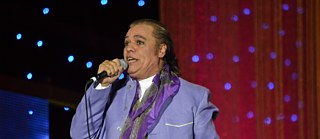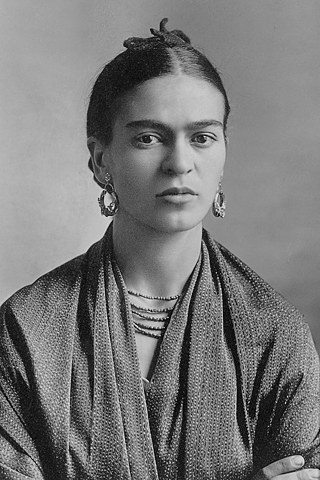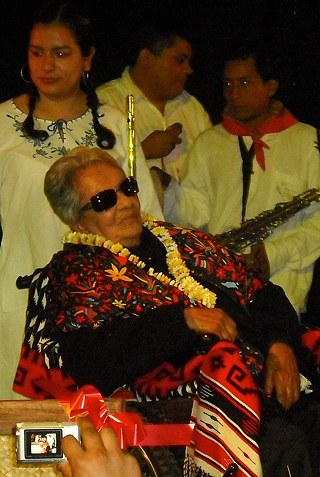Lo Que Se Ve No Se Pregunta
Queerness and Latinidad

The Latin American history of queerness spans generations of famous representatives: Juan Gabriel, Frida Kahlo and Chavela Vargas. Liliana Macias uses the example of these dazzling personalities to shed light on the complex connections between queerness and Latinidad.
For 45 years, Mexican singer and songwriter Juan Gabriel enamored audiences across the world with his beautiful voice, gut wrenching lyrics, and glamorously flamboyant performances. It was those performances that garnered him the title of “El Divo de Juarez” or the diva of Juarez, a city in the state of Chihuahua, Mexico.
From the start of his career up until he died in 2016, Juanga, as he was called colloquially by his fans, skirted speculations of his possible homosexuality. During an interview in 2002, as he was relentlessly pressed about his sexuality by a reporter, Juanga delivered a quintessential response that underscored the generational complexities of the intersections of queerness and Latinidad: „Lo que se ve no se pregunta“ (“You do not question the obvious.”)
The theory in the flesh
The ambiguity of the response, which neither denies nor confirms his sexuality, alludes to the ways in which queer Latinx folks navigate their identity. An identity that is defined by what Gloria Anzaldua and Cherrie Moraga called a theory in the flesh in their text This Bridge Called My Back: Writings by Radical Women of Color. They explain:A theory in the flesh means one where the physical realities of our lives – our skin color, the land or concrete we grew up on, our sexual longings – all fuse to create a politic born out of necessity.
Juan Gabriel was beloved by million of fans of all sexualities; even the most ardent of machos were brought to tears by his beautiful songs.
Generations of queer stories
The love that Latinx audiences had for Juan Gabriel was not an anomaly in time but rather it followed a queer trajectory in history. One of Mexico’s most beloved and recognized artist Frida Kahlo was unapologetic about her queerness. Kahlo’s female lovers spanned from the famous American artist Georgia O'keeffe to the talented performer Josephine Baker. During her lifetime, Kahlo was beloved internationally by many having the opportunity to showcase her art across the world.
Frida Kahlo and Chavela Vargas

With poncho and guitar: Chavela Vargas conquers a male domain
At the age of seventeen, Vargas left Costa Rica and moved to Mexico where she donned mens clothing, began to drink heavily, and performed Mexican rancheras like no other musician could. Rancheras are a type of Mexican song known for being melancholic gut wrenching songs about betrayal love and loss traditionally performed by men. An often inebriated Chavela, wearing a poncho and armed with her guitar, would perform somber ranchera songs rendering the audience speechless and leaving them in tears.
Hollywood affairs and the crash
Soon Chavela was drinking with the father of Mexican rancheras Jose Alfredo Jimenez whose company help propel her career even further. During that period, Chavela had several female lovers and often bragged of enamoring famous Hollywood actresses that vacationed in Mexico. Eventually, Chavela’s alcoholism and anger management issues caught up to her and she disappeared from the limelight for almost thirty years.
Comeback with happy ending and obligation

Juan Gabriel, Frida Kahlo, and Chavela Vargas are but a few examples of a queer Latinx history that spans across borders and centuries. Each living their own theory in the flesh while we young queer folk, in reverence, continue to stoke the fire of their, which is now our, resistance. Some days we thrive and other times we survive.